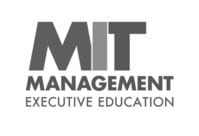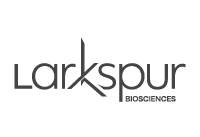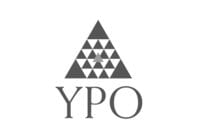The modern world has seen rapid technological advances, and the realm of education has been no exception. With the advent and expansion of online courses, particularly those that are pre-recorded, a sea of opportunities has been unlocked for companies and course developers. This evolution, catalyzed further by unforeseen events like the COVID-19 pandemic, holds the promise of reshaping how we perceive learning and growth.
1. Global Outreach at the Click of a Button
Unlike live sessions bound by time zones and schedules, pre-recorded courses offer 24/7 accessibility. They break down geographical barriers, allowing a company in New York to educate a professional in Tokyo or a student in Johannesburg. Such courses create a global classroom, making knowledge not just available but also convenient.
2. Cost-Effective & Scalable Learning
Traditionally, expanding a course’s audience meant logistical challenges: bigger venues, more materials, increased travel. Pre-recorded online courses streamline this. Once developed, these courses can be deployed repeatedly without incremental costs, providing a higher return on investment for course creators and companies.
3.Production Quality: Elevating the Experience
Course content is essential, but so is its delivery. Borrowing techniques from stage and TV production can substantially heighten the learning experience.
Consider these elements:
Lighting and Set Design Proper lighting can bring focus to the content and create an inviting ambiance. A clutter-free, aesthetically pleasing set can further engage the learner.
Audio Quality Clear sound, devoid of disturbances, ensures the message isn’t lost or distorted.
Pacing & Editing Much like in film, pacing matters. Well-edited courses, with a blend of visuals, animations, and breaks, can sustain interest.
Camera Techniques Using close-ups for emphasis, varying angles for dynamism, or incorporating movement can keep the viewer’s attention locked in.
4. Amplifying Engagement and Outcomes with Theatrical Techniques
While production quality enhances the viewing experience, incorporating theatrical techniques can elevate engagement. Emotional narratives, storytelling, role-playing scenarios, or even simple pauses to reflect can make content memorable and relatable. The art of performance can transform passive viewers into active learners.
5. Engagement Tools and Interactivity: Bridging the Gap
While pre-recorded courses might not have the immediate two-way communication of live sessions, they can still be highly interactive and engaging. With the right tools and strategies, course developers can recreate a sense of real-time engagement:
Quizzes and Assessments Intermittent quizzes can ensure that learners are actively processing the information and provide immediate feedback on their understanding.
Interactive Elements Embed clickable elements, drag-and-drop activities, or interactive diagrams that allow learners to engage with the content actively.
Annotations and Highlights Use on-screen annotations, pop-up text, or highlight crucial points during the video to emphasize key takeaways or elaborate on complex topics.
Discussion Forums Incorporate platforms where students can discuss course content, ask questions, and share insights, fostering a sense of community and collaborative learning.
Feedback Loops Allow learners to leave comments, questions, or feedback at specific points in the video. This not only gives them a voice but also provides course creators with valuable insights for continuous improvement.
The Road Ahead is Full of Endless Opportunities and Growth
The trajectory of pre-recorded online courses is unmistakably upward. As companies recognize the myriad advantages – from cost savings to global outreach – investments in this space will grow. But beyond the tangible benefits, it’s the intangible ones that hold promise: the democratization of knowledge, the potential to impact lives globally, and the chance to reshape the contours of education.
In embracing pre-recorded online courses, we’re not just adopting a trend; we’re participating in a revolution. And by integrating elements from other domains, like theater and production, we ensure that this revolution doesn’t just educate, but also enthralls.





























